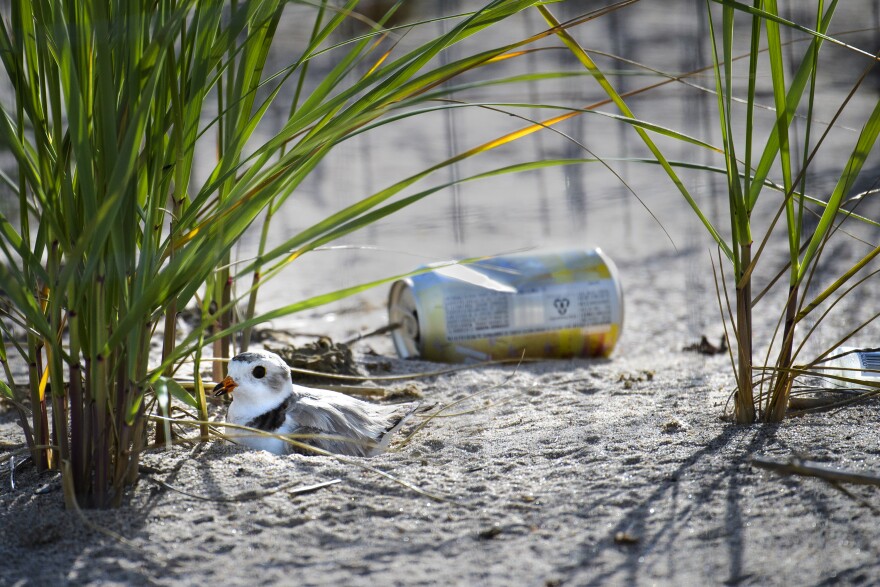For decades, an environmental group in Connecticut has picked up litter in parks, rivers and Long Island Sound. In Save the Sound’s new report summarizing hundreds of cleanups over the last six years, plastic pollution remains a statewide problem.
Since 2017, Save the Sound volunteers have cleared half a million pieces of trash in Connecticut. Food wrappers and small plastic pieces were among the top items that Save the Sound volunteers found, but cigarette butts were found the most, at over 20,000 annually.
Those discarded cigarettes do more than just pollute the environment with chemicals, said Melissa Pappas, ecological communication specialist at Save the Sound.
“Cigarettes also have plastic components,” Pappas said. “The smaller they get, the harder they are to remove from the environment.”
Over six years, the report details how more than 82,000 tiny pieces of plastic and over 54,000 food wrappers were found.
Bigger pieces of plastic litter can break down when exposed to wind, sun, and waves, according to Evan Ward, who leads the marine sciences department at the University of Connecticut. Those can become microplastics, which at high concentrations, can be dangerous to both wildlife and to people.
“Because the amount of macro plastics is increasing in our waterways, so too, will the concentration of microplastics increase over time,” Ward said. “We know if the concentration gets too high, it will start affecting these animals.”
According to Sylvain De Guise, director of Connecticut Sea Grant, the long term health effects of microplastics aren’t completely understood, aside from occupying space in the intestines. Larger pieces of plastic can also cause choking, entanglement and suffocation in animals.
Stricter laws reducing dependence on single-use plastic and styrofoam would be an important step to curbing the hazard, Pappas said.
Save the Sound’s cleanups began over 20 years ago along the coastline as part of the Ocean Conservancy's International Coastal Cleanup. In recent years, the group has expanded cleanups to inland rivers and parks. Save the Sound has also utilized a scuba diving team to remove underwater trash and has used kayaks to pick up trash on the water’s surface.
Information about upcoming cleanups can be found on Save the Sound’s website.





